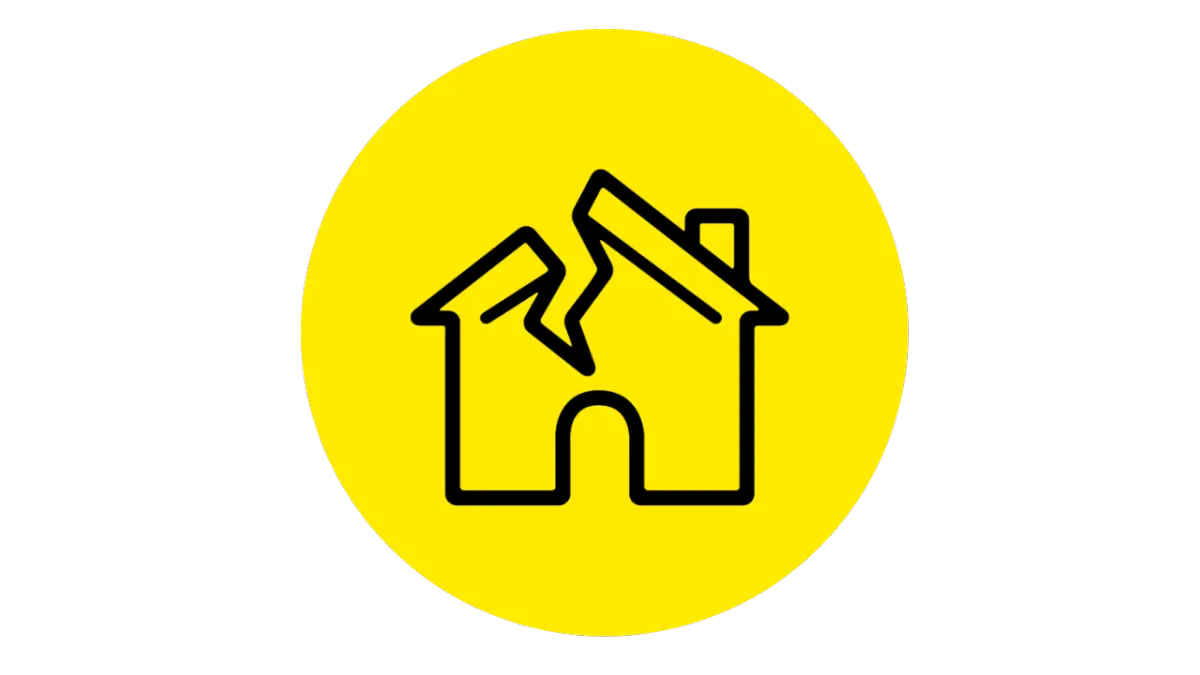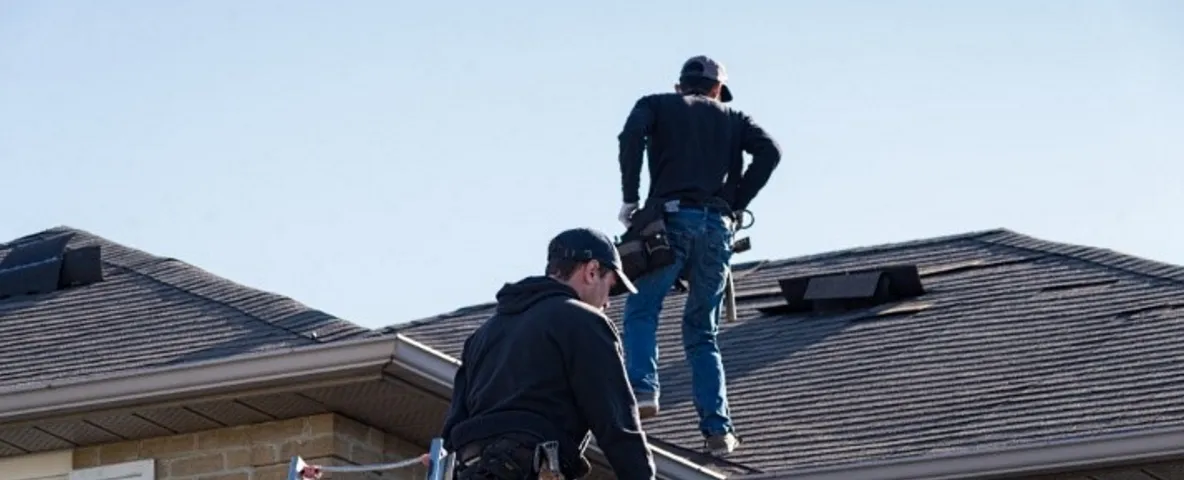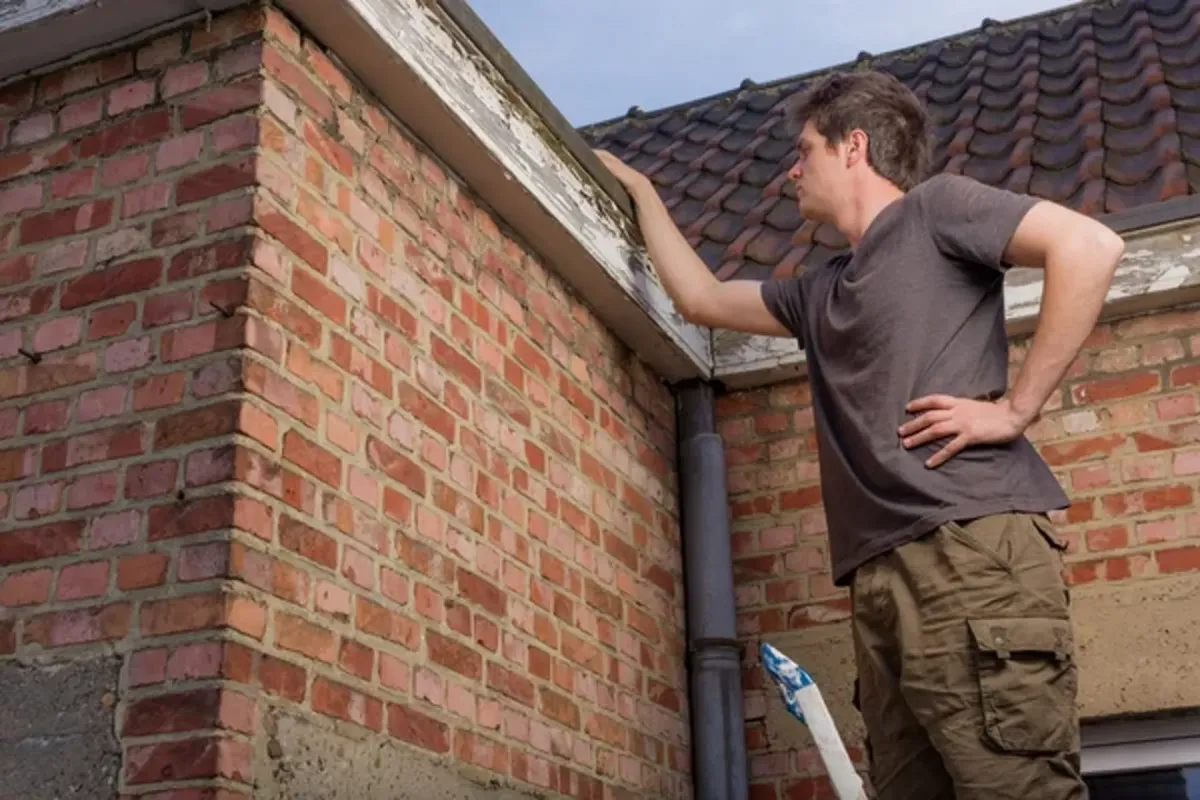IN CASE OF EMERGENCY CALL 857-392-HELP


ROOF
INSPECTION
HOW TO PERFORM
A ROOF INSPECTION

LOOK FOR ALGAE, MOSS, OR PILES OF LEAVES
If you have binoculars, you can begin your DIY roof checkup from the ground. Start by walking around your house and checking your roof for piles of leaves or other growth or debris, all of which can cause serious damage to a roof. They can trap moisture, which can seep into the sheathing below your shingles and even into the structural elements of the roof itself. You should clear these away immediately.

LOOK FOR BUCKLED OR CURLED SHINGLES
Hot air in your attic can cause your shingles to warp, buckle, or curl. (This is typically an issue with asphalt shingles.) Misshapen shingles can compromise the integrity of your roof, letting in water and causing poor ventilation, so they should be replaced. If more than one-third of your shingles are curling during your roof inspection and repair process, it’s time to re-shingle the entire roof.

CHECK FOR DAMAGED, MISSING, OR OLD SHINGLES
Missing or damaged shingles can also let water seep through your roof. If you have wooden shingles or wood shake shingles, inspect them for signs of dry rot, either from the ground or from a ladder (don’t walk on a wooden shingle or shake roof). Asbestos, slate, or clay tile roofs can suffer from breakage, so look for cracked, chipped, broken, or altogether missing shingles. If you’re performing a metal roof inspection, check for signs of corrosion, rust, stress wrinkling, or other wear.
HOW OFTEN SHOULD YOU HAVE A
ROOF INSPECTED?

FINAL THOUGHTS
You should perform a roof inspection twice a year. It’s a good idea to perform a roof inspection in the spring or early summer to ensure that it hasn’t been damaged by winter storms, snow, ice, or hail. Before winter hits, consider storm-proofing your roof and learning how to prepare your house for extreme cold. You should check the roof again in the fall for damage done by summer thunderstorms, falling tree limbs, and other hazards.
FINAL THOUGHTS

KEEP THIS IN MIND
Homeowners insurance usually covers roof damage from natural disasters, but additional roof repair coverage may be needed for specific roofing needs like wear and tear. Learn more about the differences in our Homeowners Insurance vs. Home Warranty blog post.
Protect your home by getting roof leak repair coverage from American Home Shield. Take a peek at our home warranty guide as well as our pricing and plans to see what type of coverage makes the most sense for your household and your budget.

